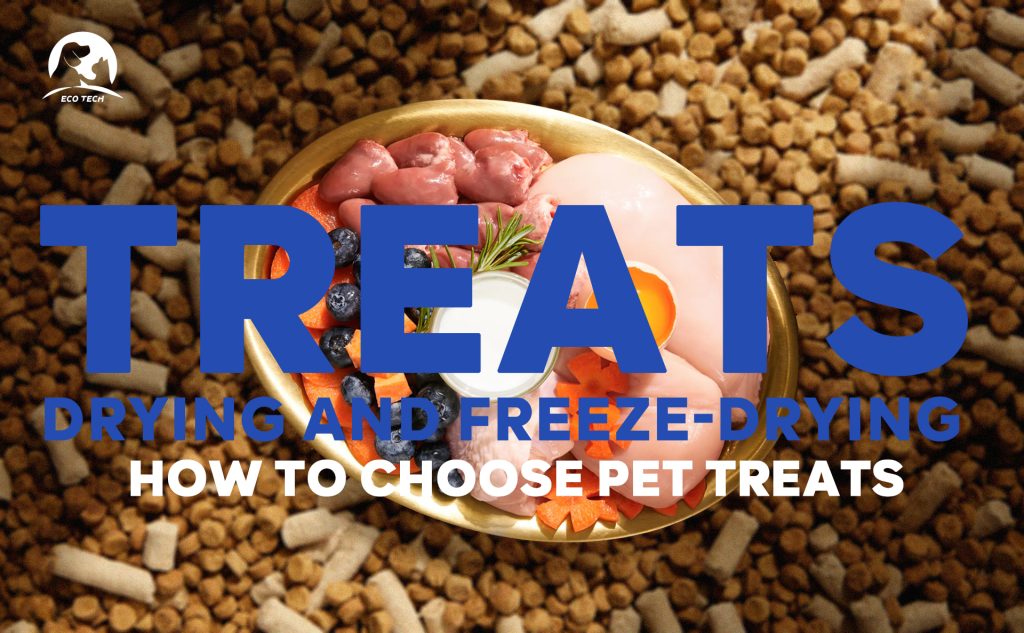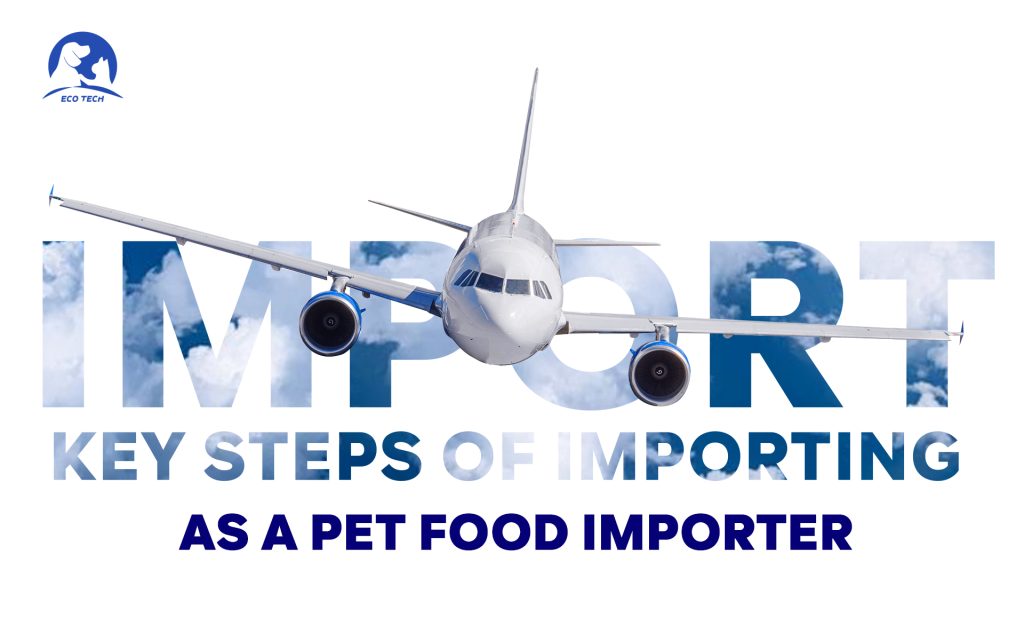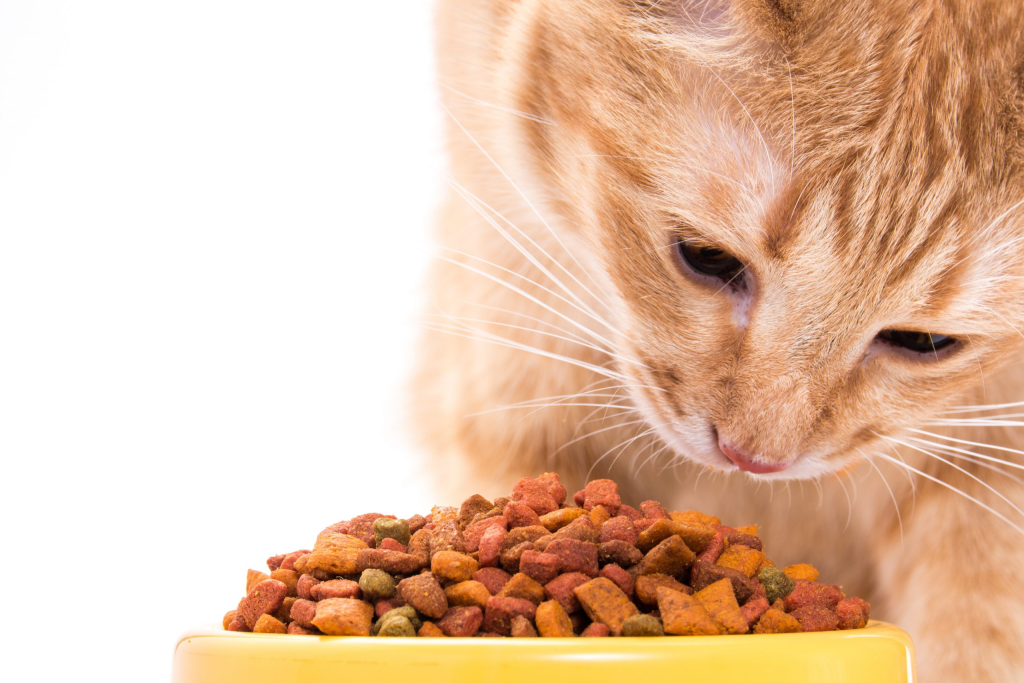
Pet food typically comes in various forms, including dry kibble, wet/canned food, semi-moist food, treats, and supplements. These products are often formulated to meet specific dietary requirements based on the age, size, breed, and health condition of the pet.
Ingredients in pet food can vary widely depending on the brand and type of food, but they typically include proteins (such as meat, poultry, fish, or plant-based sources), carbohydrates, fats, vitamins, and minerals. Some pet foods may also contain additives or supplements to address specific health concerns or dietary needs.
It’s essential for pet owners to choose high-quality pet food that is appropriate for their pet’s age, size, and health status. Additionally, ensuring that pet food meets regulatory standards and is properly labeled can help ensure its safety and nutritional adequacy for pets.

Importing pet food typically involves several steps to ensure compliance with regulations and standards. Here’s a general overview of the steps involved:
- Research Import Regulations: Understand the import regulations and requirements for pet food in the destination country. These regulations can vary significantly from one country to another and may include restrictions on ingredients, labeling requirements, and import permits.
- Identify Product Classification: Determine the correct classification for the pet food product according to the Harmonized System (HS) codes used for international trade. This classification will help determine the applicable tariffs and regulations.
- Obtain Necessary Permits and Certifications: Depending on the destination country, you may need to obtain import permits, health certificates, or other documentation certifying the safety and quality of the pet food. This might involve working with government agencies or hiring a customs broker familiar with the import requirements.
- Ensure Compliance with Labeling Requirements: Review labeling requirements for pet food in the destination country. Labels may need to include information such as ingredients, nutritional content, net weight, and feeding instructions. Make sure the labeling is accurate and compliant with local regulations.
- Inspect Product Quality and Safety: Ensure that the pet food meets quality and safety standards set by the destination country. This may involve laboratory testing for contaminants, nutritional analysis, and verification of ingredient sources.
- Arrange Transportation and Logistics: Coordinate transportation and logistics for importing the pet food, including selecting a shipping method, arranging for customs clearance, and managing any necessary storage or handling requirements.
- Clear Customs: Submit all required documentation to customs authorities in the destination country and ensure compliance with import regulations. This may involve paying customs duties and taxes, as well as undergoing inspections to verify the contents of the shipment.
- Monitor Regulatory Changes: Stay informed about any changes to import regulations or requirements for pet food in the destination country. Regulatory requirements can change over time, so it’s essential to stay up-to-date to ensure compliance.
- Distribution and Sales: Once the pet food has cleared customs and entered the destination country, work with distributors or retailers to make the product available to consumers.
- Follow Up and Compliance: Maintain records of the import process and ensure ongoing compliance with regulations for the sale and distribution of pet food in the destination country.
It’s important to note that the specific steps and requirements for importing pet food can vary depending on factors such as the type of product, the destination country, and any trade agreements in place between the importing and exporting countries. Therefore, it’s essential to thoroughly research and understand the regulations and requirements specific to your situation.







